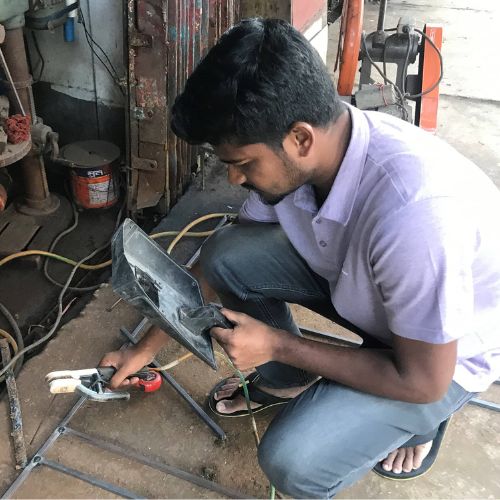People keep asking me whether they can weld galvanized steel or not. We all know that, welding galvanized steel is possible. But should you weld it? And is it easy to weld galvanized steel?
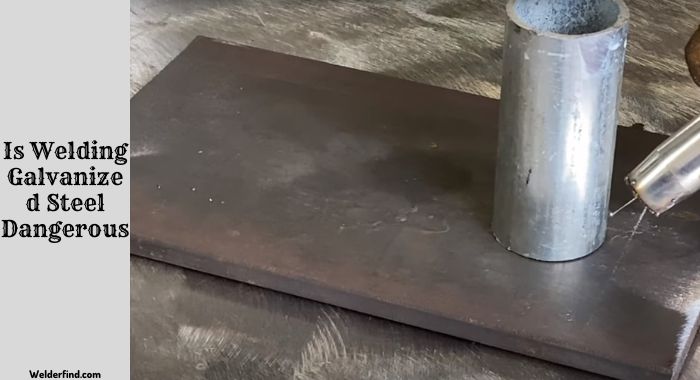
The answer is no. It is not easy to weld galvanized steel. The reasons behind are-
- There are a huge possibly that the welder may suffer from metal fever when welding galvanized steel
- Galvanized steel contains zinc coated over the steel. So when heated with welder zinc vaporizes and creates zinc-oxide in the air, which, by inhaling one may feel fatigue, breathlessness and other blood related problems.
- Zinc vaporizes relatively quickly which makes it challenging to weld galvanized steel
- There may be traced of lead in galvanized coating and we all know lead is one of the main reason for cancer
Let’s discuss the issue deeply for better understanding. Start with-
What makes it difficult to weld galvanized steel
There are many factors that make it difficult to weld galvanized steel. They are-
Fumes coming out of weld area:
We all know that when you weld, a huge amount of fumes are generated. So in welding galvanized steel if you don’t grind the surface of the steel, it will create more fumes than average thanks to the low meting point of zinc. Zinc reacts with oxygen in the air and creates zinc-oxide.
Though zinc-oxide (ZnO) is not that harmful to human health, but continuous exposure to the fumes can result in metal fever, short in breathiness and other problems in respiratory system.
Lead-oxide can be present in galvanized steel:
We know that galvanized steel can be of 3 types. Hot-dip galvanized steel, electro galvanizing and thermal sprayed. Either of the galvanized steel making procedure sometimes comes up with lead being mixed in the coating of zinc.
Mostly this problem occur in thermal sprayed and hot-dip galvanized steel. However, if lead is present in the coating, then welding that metal would be like suicide.
Because when lead is heated (through welding), together with oxygen it creates lead-oxide which causes cancer to human body (if inhaled). Beware of the condition.
Higher chance of porosity:
We know that, Porosity refers to the presence of small voids or gas pockets within the weld metal. These voids can weaken the weld joint and compromise its integrity.
Porosity is normal in welding but it has a limit. While welding galvanized metal you may face porosity that would distort the work. A high level of porosity in galvanized steel welding has many reasons-
for example wrong gas selection, wrong settings of welder machine, error in selection of wire or electrode etc. So select right electrode for galvanized steel. But crucial reason is the presence of zinc in the galvanized steel.
Zinc has lower melting point compared to filler metal and base metal. So when heat is channeled through welder to the metal, zinc vaporizes earlier by welding arc as weld puddle progresses. This one is responsible for porosity in galvanized steel.
Difficulty in welding:
If you want to weld galvanized steel correctly and successfully you need to be very careful. At first you need to configure the correct amperage so that porosity can be reduced.
Then you must be very slow in travel with the welding gun in case of increased voltage. You must hold the gun in an angular direction to the weld area and weld steadily.
You also need to make sure correct rates of shielding gas is flowing to the weld zone other wise it would create bad weld joint. So, you can see that welding galvanized steel is not that easy.
Recommendations
Moreover, if you want to weld galvanized steel safely, easily and without making any porosity, follow the following recommendations.
- Wear safety gears: Always make sure you wear safety gears like welding helmet, a good quality respiratory mask (3m paint project respirator would be fine), gloves and PPE dress. Make sure the respiratory mask you select is approved by NIOSH (National institute for occupational safety and health).
- Work in well ventilated area: Working in closed area where enough ventilation is absent, is the man reason of health problems in welding work. So select work space with well ventilation and make sure you get enough air in welding are.
- Use fume extractor: Fume particles are smaller than 0.1mm, impossible to see with human eyes. This particles can travel to your lungs easily through respiratory system and can make your lungs weak. Natural ventilation is not enough to get rid of those fume particles and that’s why you should use fume extractors.
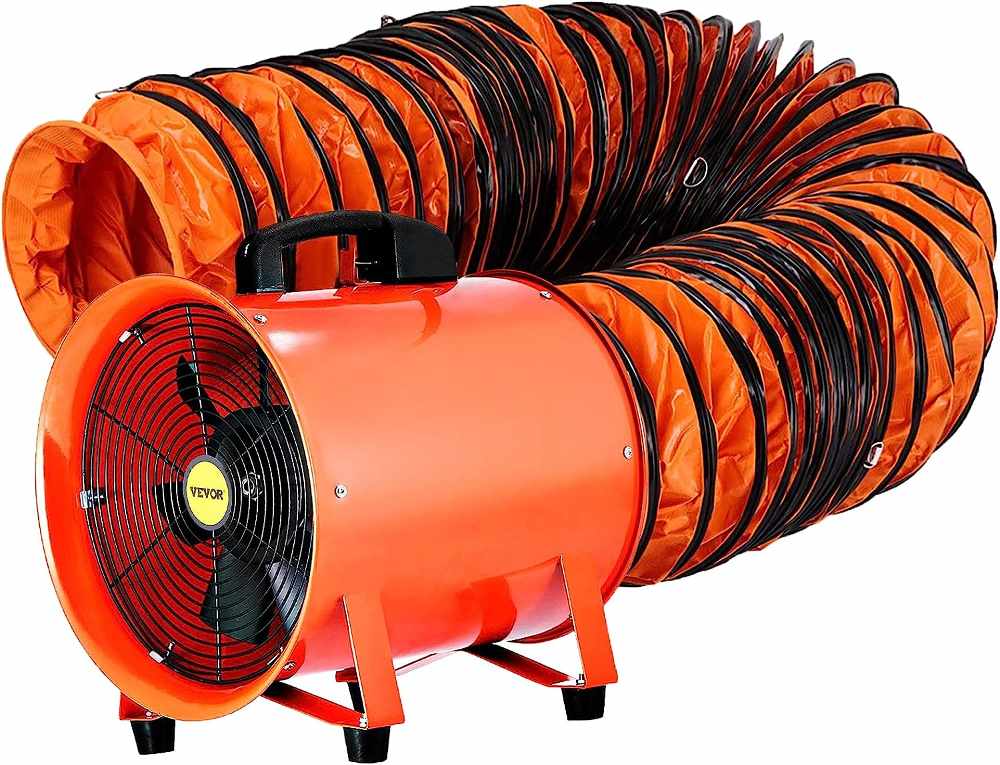
Check Vebor Utility Blower Price At amazon
Vevor utility blower is best choice in this case. The fume extractor comes up with a 2800/min speed motor , 373pa pressure, 3900 m3 /hrs wind and 12inch solid metal extractor fan. Check this one out for better welding experience.
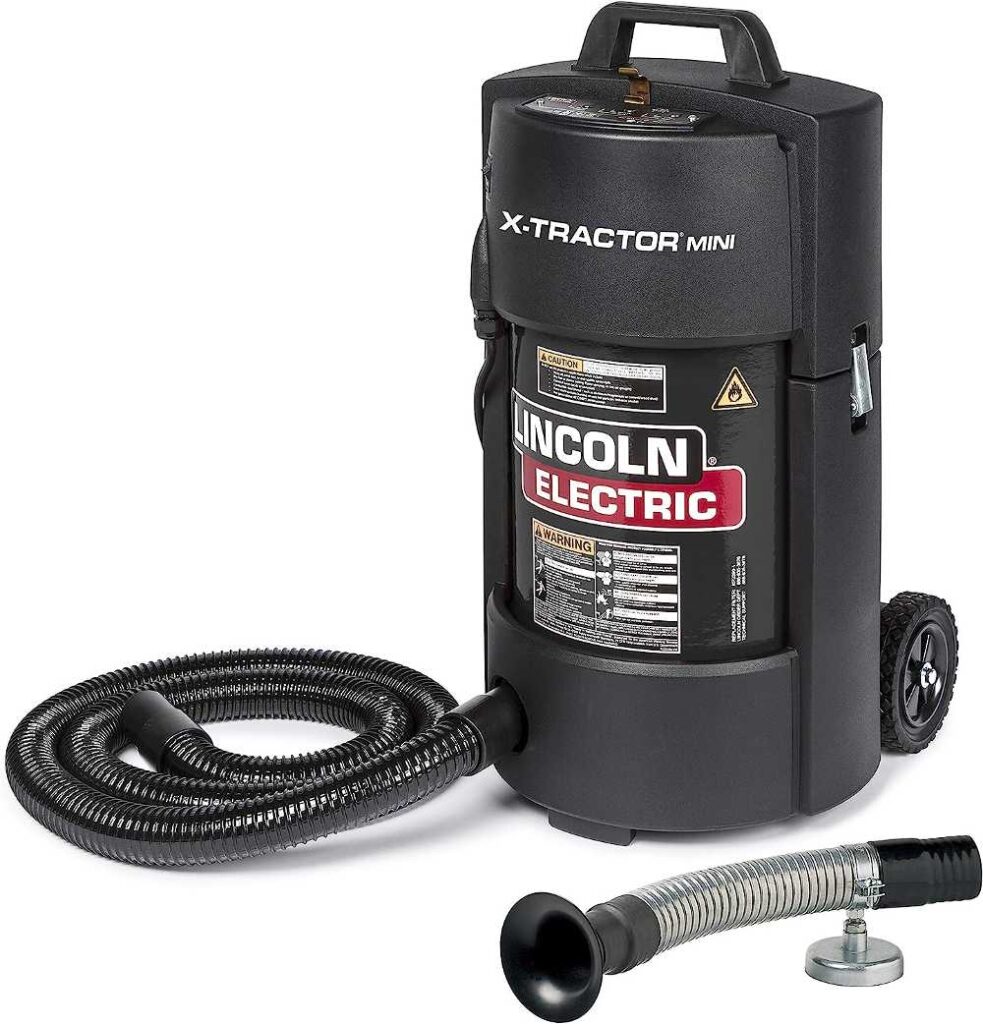
Check Linclon X tractor Price At Amazon
X Tractor is another mini fume extractor that is portable and you can use it anywhere you want. The product is high in price but it provides best service when it comes to eliminate harmful fumes.
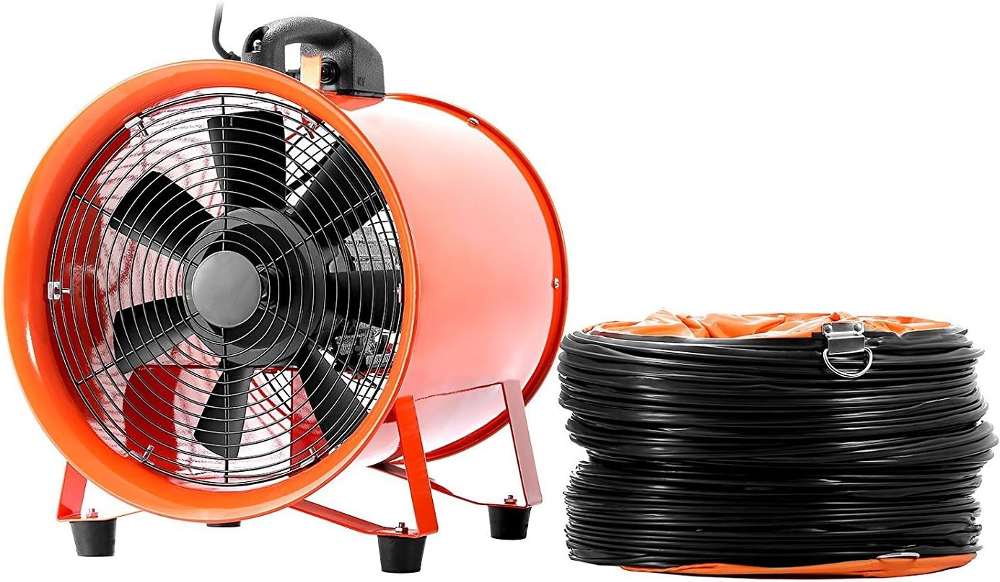
Check Orange utility Blower Price At Amazon
Orange utility blower with 10inch fan and 320w power motor can be another best choice. It has 1520 cubic feet/min air flow capacity and 16ft hose.
- Grind off the coating: Best way to easily weld the galvanized steel is grinding off the coating first. When you grind off the coating on the steel, you get rid of the zinc coat. Then the welding process will become a piece of cake and you can weld that similar to the welding techniques you use in other metal. AWS (American society of welding) has suggested the same and advised to grind off at least 1-4inches of coating from either side of the galvanized metal.
Thus you will be able to weld galvanized steel correctly.
Lastly
In conclusion, welding galvanized steel presents certain risks and challenges that need to be addressed to ensure safety and produce high-quality welds.
While welding galvanized steel can be challenging, with proper precautions and adherence to safety guidelines, it is possible to minimize the risks associated with the process.
